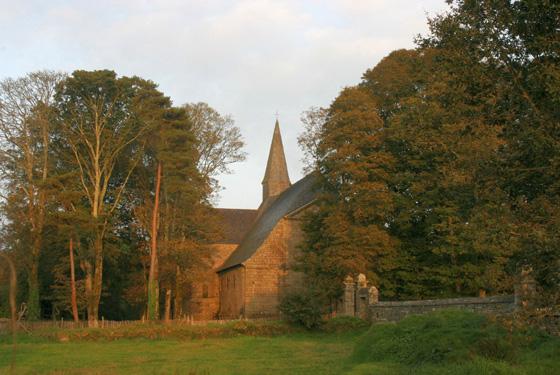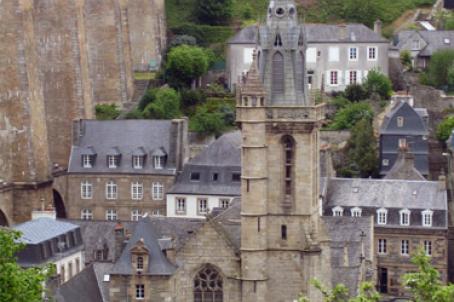Relec Abbey

The Cistercian abbey of Le Relec has been for more than 8 centuries an atypical place that you sometimes have to look for and that always gives the visitor who arrives there the feeling of arriving in an oasis, a little apart from the world. Far from the urban centres, sheltered from any human agitation, the Abbaye du Relec has been present on the territory of the Monts d'Arrée since the 12th century. The second Cistercian abbey established in Brittany, it is representative of the Cistercian ideals of that time. Today, the abbey-church of Romanesque origin but modified several times, the remains of the cloister, the ponds, the pavement lined with tall trees, the 18th century fountain and the old gardens surrounded by a deep moat, give the place a dual heritage identity: cultural and natural.
About this building
The Cistercian abbey of Relecq was founded on 30 July 1132 by seven monks from the Abbey of Begar. The present church dates for most of this period, but it underwent alterations in the 13th, 15th and 18th centuries. The abbey buildings of the 17th century remain only in a state of ruins. The abbey church has a classical Cistercian plan: a flat chevet originally flanked by two square chapels on each arm of the transept, but with some liberties: in the nave of four three-aisled bays covered with roofing, the large arcades with pointed arches fall on very heterogeneous supports.





